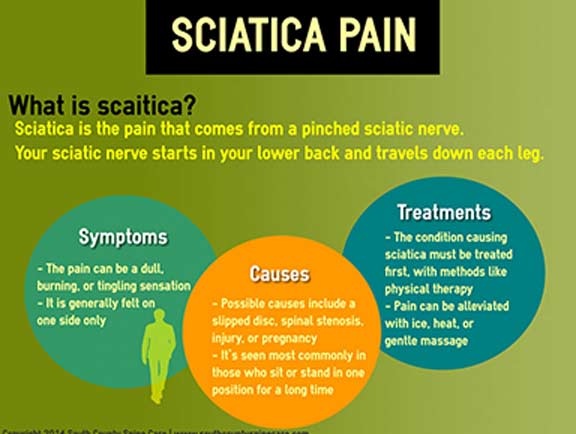An Assessment Of Acupuncture Versus Numerous Discomfort Management Comes Close To
An Assessment Of Acupuncture Versus Numerous Discomfort Management Comes Close To
Blog Article
Content Composed By-Drejer Stafford
When you consider discomfort monitoring alternatives, you might find yourself weighing the advantages and disadvantages of numerous techniques, consisting of acupuncture, over-the-counter medications, and physical therapy. While many methods offer relief, they often include their own set of difficulties, like side effects or extensive treatment times. Acupuncture stands out for its distinct capability to promote self-regulation with fewer dangers. However exactly how does its efficiency contrast to even more standard methods? The subtleties of these techniques can significantly influence your choices, and discovering them further could bring about shocking insights.
Introduction of Pain Monitoring Techniques
When it comes to handling discomfort, you have a selection of techniques available. These techniques can range from conventional techniques to much more alternative therapies. Recognizing your choices is critical in locating what functions ideal for you.
One common method is over the counter medications like ibuprofen or acetaminophen, which can give quick alleviation for light to modest discomfort. Prescription medicines, consisting of opioids, could be required for a lot more serious pain, though they come with threats of reliance and side effects.
Physical treatment is an additional efficient strategy, concentrating on exercises and stretches to enhance muscular tissues and improve movement. This approach typically helps in handling chronic pain problems.
Furthermore, some people turn to even more holistic alternatives, such as massage therapy, which can reduce tension and improve flow.
https://after-accident-doctor84273.liberty-blog.com/33172219/joint-care-change-why-chiropractic-treatment-matters -body methods, like mindfulness reflection or yoga exercise, assist you take care of discomfort by lowering stress and anxiety and improving your mental durability.
Last but not least, way of life modifications, such as preserving a healthy diet plan and regular exercise, can play an essential function in total pain management. Each technique has its benefits and drawbacks, so it's essential to explore what suits your needs and preferences best.
Advantages of Acupuncture
Acupuncture offers an one-of-a-kind strategy to pain administration that stands out among numerous techniques. By targeting certain points on your body, it boosts the circulation of power, or "qi," promoting all-natural healing and reducing discomfort.
One of the most significant advantages is its minimal adverse effects. Unlike some drugs, which can result in reliance or undesirable wellness issues, acupuncture is a holistic treatment that motivates your body's self-regulation.
You'll likely locate that acupuncture sessions can aid soothe persistent pain, frustrations, and also stress. Many people experience a feeling of relaxation and wellness during and after treatment, which can improve general quality of life.
And also, it's a versatile option; it can be made use of along with various other treatments, making it a wonderful complement to your existing discomfort monitoring strategy.
One more considerable benefit is that acupuncture can be customized to your certain needs. Your specialist will analyze your problem and create a tailored treatment strategy, guaranteeing you obtain the treatment that best supports your recuperation.
With its ancient origins and growing acceptance in contemporary medicine, acupuncture stands apart as a compelling choice for pain alleviation.
Contrasting Performance and Results
Discomfort monitoring strategies vary extensively in their performance and results, making it critical to recognize how they compare to each other. When considering options like acupuncture, physical treatment, and medicine, you'll locate unique distinctions in exactly how each method addresses discomfort.
Acupuncture, for instance, usually provides relief for chronic pain conditions, with research studies showing substantial enhancements suffering levels for lots of people.
In contrast, drugs like opioids can efficiently handle acute pain but lug threats of dependency and adverse effects.
Physical therapy focuses on recovery and may take longer to show results, which can be frustrating if you require prompt relief.
When examining these techniques, think of your specific discomfort type and your personal health and wellness goals. Some individuals locate that a mix of techniques works best for them.
For example, you might gain from acupuncture sessions together with physical treatment to optimize healing.
Eventually, comprehending the efficiency and results of each technique will help you make informed choices regarding your pain monitoring technique, enabling you to pick the approach that ideal suits your demands and way of life.
Conclusion
In summary, acupuncture sticks out as a useful option to traditional discomfort management approaches. It provides quick relief and fosters self-regulation without the risks of reliance related to medications. While physical treatment may require more time for outcomes, acupuncture can provide prompt benefits, making it an enticing alternative for those looking for relief from persistent pain and tension. By integrating acupuncture into your pain management strategy, you can boost your general wellness and recover control over your health and wellness.
